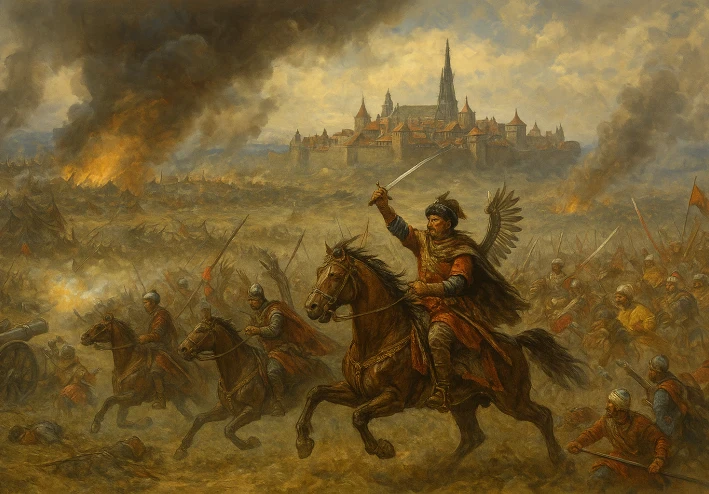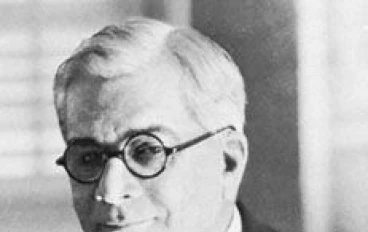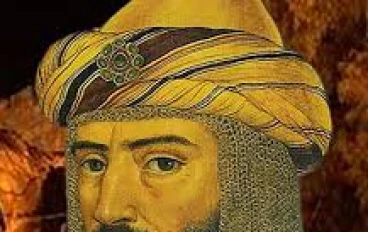
The Siege of Vienna, 1683
The Siege of Vienna, 1683
In the summer of 1683, the city of Vienna stood as the last barrier between the powerful Ottoman Empire and the heart of Europe. The Ottoman Sultan Mehmed IV had sent his grand vizier, Kara Mustafa Pasha, with an army of nearly 150,000 men to lay siege to the Austrian capital. Vienna’s walls were strong, but its defenders numbered fewer than 20,000 soldiers. The fate of Central Europe hung in the balance.

For two months, the Ottomans bombarded the city relentlessly. Their cannons shook the walls, while sappers dug tunnels beneath the fortifications, packing them with explosives to cause deadly breaches. Inside the city, food grew scarce, disease spread, and morale dwindled. Yet the Viennese, led by Count Ernst Rüdiger von Starhemberg, refused to surrender. They knew reinforcements were promised by the Holy League, but there was no certainty they would arrive in time.
Meanwhile, the Ottoman camp stretched like a vast city around Vienna. Tents filled the fields, smoke rose from endless fires, and supplies poured in from across the empire. Kara Mustafa Pasha was determined to claim Vienna, believing that once the city fell, the rest of Europe would bow to Ottoman power. He demanded absolute victory and forbade his men from looting prematurely—he wanted Vienna intact, a jewel to present to his Sultan.
As September began, the city was on the brink of collapse. The walls bore scars from constant cannon fire, and one more breach might bring the Ottomans flooding inside. But far away, a relief army was marching. King Jan III Sobieski of Poland had gathered a coalition of Polish, Austrian, and German troops, numbering about 70,000. Though outnumbered, these men carried with them Europe’s last hope.
On the night of September 11, Sobieski’s forces crossed the hills overlooking Vienna. At dawn the next day, the decisive battle began. The Christian forces launched coordinated assaults on the Ottoman lines, clashing fiercely with the enemy cavalry and infantry. Cannon fire roared across the battlefield as the struggle raged.
The turning point came in the afternoon, when Sobieski led the legendary Polish Winged Hussars in one of the largest cavalry charges in history. With their wings of feathers mounted on their backs and lances leveled forward, thousands of horsemen thundered down the hillsides. The sight alone struck terror into the Ottomans. The hussars crashed into the enemy lines, scattering soldiers who had once seemed invincible.
By evening, the Ottoman camp was in chaos. Kara Mustafa Pasha fled, abandoning his dream of conquest. The siege was broken, and Vienna was saved. The victory marked the beginning of the Ottoman Empire’s gradual retreat from Central Europe and the rise of new powers within the continent.
The siege of Vienna became a symbol of unity and resilience. Though differences divided the Holy League’s members, they had stood together in defense of their lands and culture. For Vienna, the battle was not only survival—it was a turning point in the struggle between East and West, empire and resistance.
In the years that followed, Vienna prospered, growing into a hub of art, music, and culture. The city’s scars from 1683 remained etched in memory, a reminder of the narrow escape that had preserved it.
The Siege of Vienna was more than a clash of armies; it was a struggle of determination, courage, and the will to endure against overwhelming odds. Its legacy endures as a testament to what can be achieved when unity triumphs over fear.





































